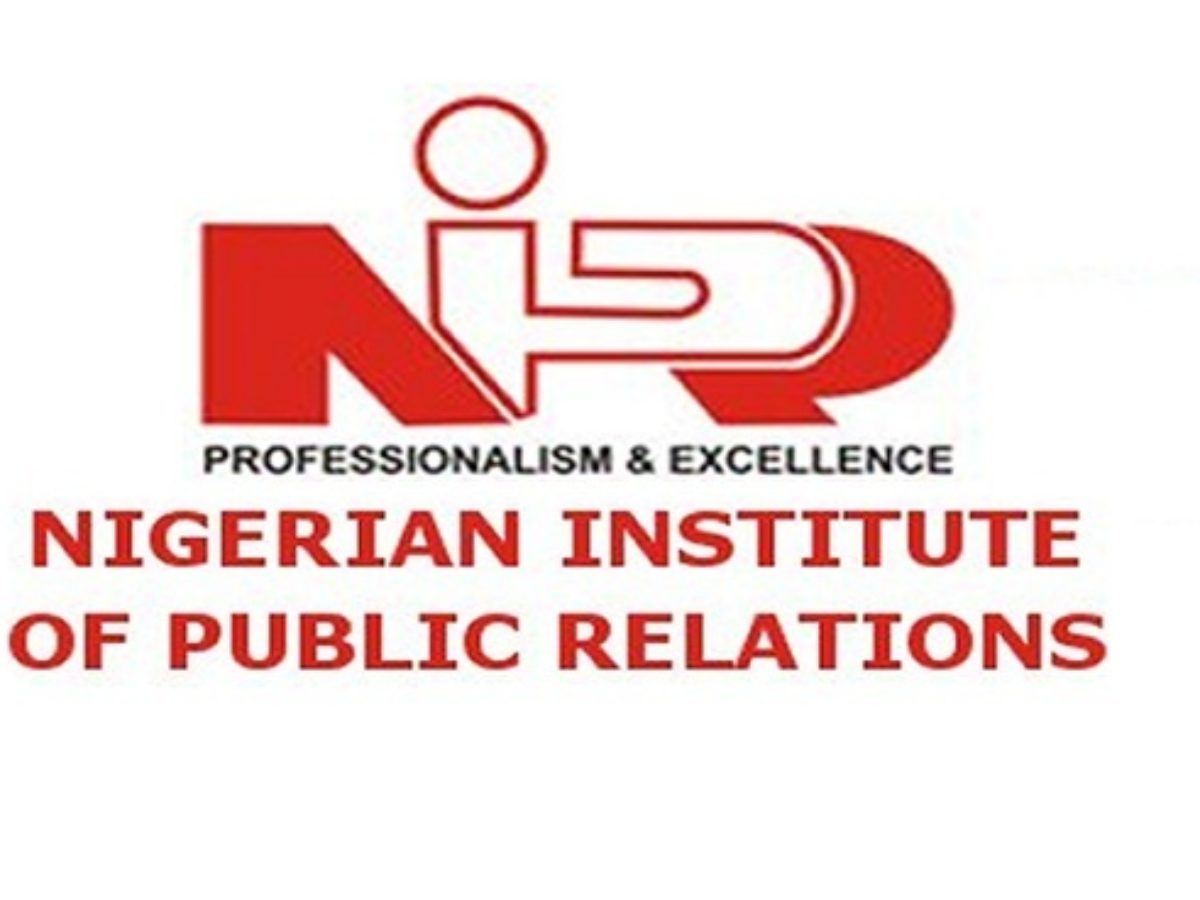By Ralph Tathagata
Driven by recent urbanisation, a rising middle class, and the consequently expanding consumer demand, Africa’s Fast-Moving Consumer Goods (FMCGs) market holds loads of promises for the continent.
The horizon looks even more promising for 2025 as the industry gears up for immense growth, stimulated by emerging trends and new opportunities.
Despite the economic instability, infrastructural roadblocks, and fragmented distribution networks that always constrain the market potential on the continent, there has been a growing consumer demand driven by a significant rise in disposable incomes, and a youthful population increasingly exposed to global products.
According to sources like McKinsey & Company and The Brookings Institution, there is a considerable increase in consumer spending expected in Africa, projected to surpass $2 trillion in 2025.
An earlier report by Kantar showed that
FMCG market is likely to see an overall volume growth of 5% in the 12 months ending March 2025 versus 4% in FY24, led by a revival in rural areas. Kantar did not specify value growth numbers for the period.
Offering brands a roadmap to capitalize on the opportunities ahead, BeatRout FMCG Africa Outlook 2025 report revealed that middle-class populations and urbanisation are leading to both formal and informal retail expansion across Africa.
Tech adoption in Africa’s retail and distribution sector, the report added, is increasing consistently. With internet penetration crossing 50% in several countries like South Africa (70%), digital platforms for retail and FMCG are becoming more mainstream every day.
As Nigeria and South Africa are witnessing major infrastructure developments, improved road networks and urban development plans are set to alleviate supply chain challenges, enhancing logistics efficiency across the region.
What’s more, according to the United Nations Economic Commission for Africa, “Major African cities will house up to 85% of the continent’s population between 2010 and 2025”. With this as backdrop, East Africa continues to benefit from urbanization and the growth of modern trade, while West Africa lags in comparison but is gradually catching up.
Also, the African Development Bank Group, stated in a report that a 4.3% GDP growth is expected in 2025, signaling Africa’s potential as a leading region for economic expansion.
However, a major challenge for FMCG in Central and West Africa is the informal distribution network, where wholesale traders and retailers stick to traditional practices and avoid adopting modern technologies. This creates barriers for FMCG brands in gathering valuable insights on demand and sales performance, which limits their ability to optimise their route-to-market strategies.
Additional challenges, such as skill gaps, high implementation costs, and limited internet access, further reduce the adoption of modern technologies, slowing down the digital transformation process across the industry.
The report identified tech adoption as the most noticeable challenge as traditionalists continue hold on to age-old-but-obsolete methods of carrying out retail distribution.
Embracing digitization, the report concluded, is not just an option but essential for success in 2025.







Comment
No comments found.